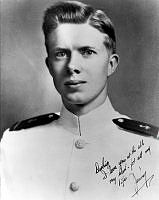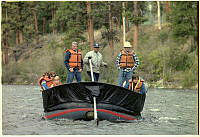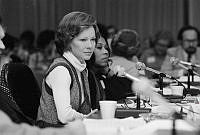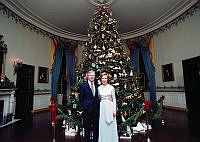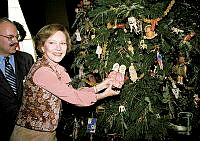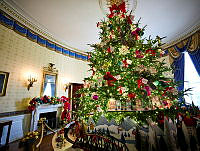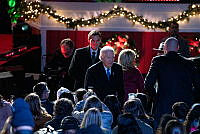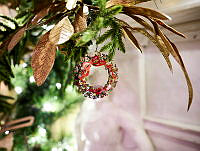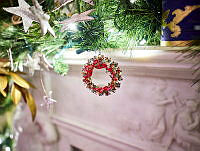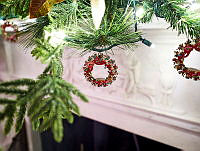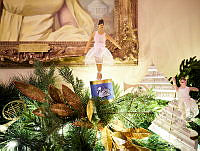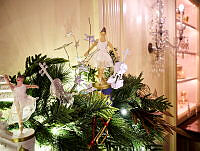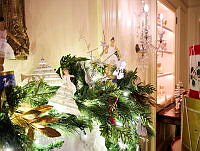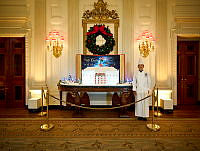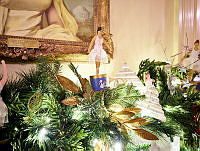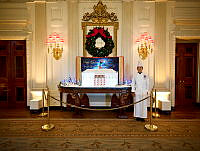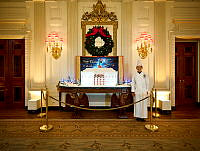Rubenstein Center Scholarship
Martha Johnson Patterson: Hostess of the Andrew Johnson White House
Of her family’s role in the White House in the immediate aftermath of the Civil War, Martha Johnson Patterson, daughter of President Andrew Johnson, admitted, “We are plain people, from the mountains of Tennessee, called here for a short time by a national calamity.”1
One of the five children of President Andrew Johnson and First Lady Eliza McCardle Johnson, Martha Johnson occasionally served as White House hostess throughout her father’s administration. She attended school in nearby Georgetown and visited the White House during the Polk administration while her father represented Tennessee in the House of Representatives.2 In 1855 she married David Trotter Patterson, who, from 1866 to 1869 would succeed his father-in-law by representing Tennessee in the United States Senate.

Martha Johnson Patterson, White House Hostess
Courtesy of the Library of CongressAt age 36, Martha Patterson took on the social role of first lady, filling in for her mother Eliza. The Civil War had taken a hard toll emotionally and physically on Mrs. Johnson, and the first lady mostly confined herself to her bedroom on the Second Floor. Following the assassination of President Lincoln, the resolute Johnson family, ten of whom moved into the White House in June 1865, was catapulted into the national spotlight.3 With her mother ailing, Martha took on managing the household; bringing some much needed order to a distraught staff. Longtime White House staff member William H. Crook described Martha in his memoirs as “the real mistress of the White House. No woman could have acted with greater sense or discretion . . . She made no pretenses of any sort, but was always honest and direct.”4 One account of a March 26, 1866, White House reception describes Mrs. Patterson receiving guests adorned in a dress of “black velvet, low neck and short sleeves” with her hair “ornamented with flowers and back curls.”5 Mrs. Patterson’s hospitality was acknowledged by one observer who noted after a May 1866 reception that guests were received “in the same frank and unostentatious manner that has heretofore gained for [the first family] the respect of all visitors.”6
From 1865 to 1869, upwards of $135,000 was spent to decorate and refurbish the White House. Martha Patterson oversaw much of the work alongside Colonel J. A. Stevenson, a decorator and consultant for most of the work. Many of the rooms were repapered, and furnishings were repainted and cleaned.7 The Green, Blue, and Red Rooms were unveiled to the public on January 1, 1867. Mrs. Patterson dressed elegantly for the occasion in a black corded silk dress with a “spray of mignonette in her hair.”8 Martha’s extensive influence on the State Floor interiors received praise from design experts even after her father left the presidency, with one observer writing, “the warm comfort of the dining room, the exquisite tints of the Blue Room, the restful neutral hues meeting and blending in carpets and furniture in many rooms of the White House still remain harmonious witnesses of the pure taste of Martha Patterson.”9

The Blue Room circa 1870. Martha Patterson’s redecoration included the geometric design on the walls.
White House Collection/White House Historical AssociationPatterson also discovered presidential portraits of Presidents John Quincy Adams, Martin Van Buren, John Tyler, James Polk, Millard Fillmore, and Franklin Pierce in the White House attic. The portraits were originally commissioned by Congress in 1857 and carried out by artist George P. A. Healy. Patterson framed and displayed them in the Transverse Hall, a tradition that continues today.10
In addition to her work in the White House Residence, her concern for the sanitary and healthy workspace of the wings led to the demolition of the earlier east wing in 1866.11 Mrs. Patterson even directed agricultural chores at White House, including tending the dairy cows that often grazed on the White House Grounds.12
Throughout her father’s tumultuous administration, Martha Patterson maintained and enhanced the splendor of the White House interiors. Her desire to display presidential portraits in the people’s house fostered a greater appreciation of American history for all those who visited the Johnson White House. Her efforts to secure and return these important artifacts to their rightful place continues today as a key component of the White House Historical Association’s mission.







